Penstemon – Dráčik – They belong to the family Species. Rod total includes more than 280 described species, its scientific name is derived from the Greek word pente = five stemon bar =. This is in the main areas of perennial herbs, evergreen or deciduous semishrub, possibly bushes growing almost exclusively in the Americas (Only one species occurs in Asia). Many species in our conditions zimovzdorných, However, some of our climatic conditions tolerate badly and is therefore often grown as annuals (especially species from the southern United States and Mexico and also flowered garden hybrids).
Species and garden hybrids cover a wide range of colors from white to pink, purple, blue to dark purple. The common denominator is the construction of the crown – in the lower part of adhesions, and forms a tube of different length and the upper part extends in a five round petals, two of which they are oriented upwards and downwards directing three. Funneled esophagus crown may be white, in many species, and particularly for large-garden hybrid is more or less marked by dots, comma, stripes, or larger areas of another color. The varied length of the tubular crown of various kinds also requires a broader spectrum of pollinators, which may be the bees, axes and other insects, species with extremely long and narrow crown in indigenous areas, frequent occurrence of pollinators also hummingbirds.
Very variabliní is also the height of individual species – ranging from a few centimeters up to three meters. Most garden hybrid but ranges from 30 cm do 1 m.
Dráčik breeding began in the first half 19. century with centers in France and England. Hybrid garden variety Dráčik from the crossing of a few indigenous species. The most important of these include Penstemon hartwegii, P. guinea pig a P. gentianoides.
P. hartwegii comes from coniferous forests at higher elevations Mexico, which grows to a height 90 when 150 cm. Blooms in July-September purplish red flowers.
One of the most original species is undoubtedly P. guinea pig rather large white to purple flowers, which are in the esophagus often dashed line labeled. It is native to the southern US states, blooms from May to June.
P. gentianoides It is a kind of higher elevations Mexico and Guatemala, which often grows in extreme conditions on the volcanic slopes. In July-October blooms bright purple flowers with darker markings in the esophagus crown. It is sometimes confused with P. hartwegii.
low species, that can withstand drought and stony soil, They are suitable for rock gardens, higher species and especially large-flowered varieties are suitable for combined perennial beds and also cut.
As the individual species come from diverse habitat and climatic conditions, It is to determine the conditions of cultivation in general for the entire genus very difficult, almost impossible. Most hybrids záhonových suits sunny habitat and normal bed soil with plenty of humus.
Penstemons can reproduce generative and vegetative. Reproduction seed is used mainly in native species and now also in some hybrid varieties. Sown shallowly to the surface of a substrate of a lighter with a higher content of sand, přisypáváme only weakly. Seeds sprout long and unevenly, most species requires germination transition period of low temperature below freezing point for a few weeks up to two months. For some types of fresh seeds germinate and need to leave a few months rest.
For problematic germination is much more common vegetative propagation by cuttings. As propagation substrate fits perlite or light soil with a high sand content. It is best cuttings in late summer or early autumn. Ideal cuttings peak, in the absence of a material can also be used stem cuttings.
Because the garden hybrids are not in our conditions reliably zimovzdorné, It is almost the necessity of preservation of mother plants, possibly already zakořenělých cuttings, in conditions of cold glasshouse. For mother plants and young plants satisfies winter light post and the temperature ranges from 5 do 8°C, in any case should not exceed 12 ° C (Then the plants grow too strongly and flaunt). If winter mother plants, We can move on cuttings from January to February, during the later cuttings April cuttings spices very well, but we get smaller and a little less branched plant.
In early spring the young plants to encourage branching once or twice zaštipujeme and after mid-May planted in flower beds to a distance of around 30 cm. Excess peak cuttings, that remain after the cleave can be used for propagation.
If we want to keep penstemons in the coming years and we do not grow them as annuals (which is common in the case of some large-flowered varieties záhonových or at higher altitudes), In the fall nevyhnuté winterizing plants. Late autumn clumps to a height of about Trim 10 cm and covered evergreens or other material nastílacím. older plants, which wintered well, it is advisable to trim deep spring, thus achieve rejuvenation.
The article was published on the website of the Association Czech perenářů courtesy magazine Zahrádkář.


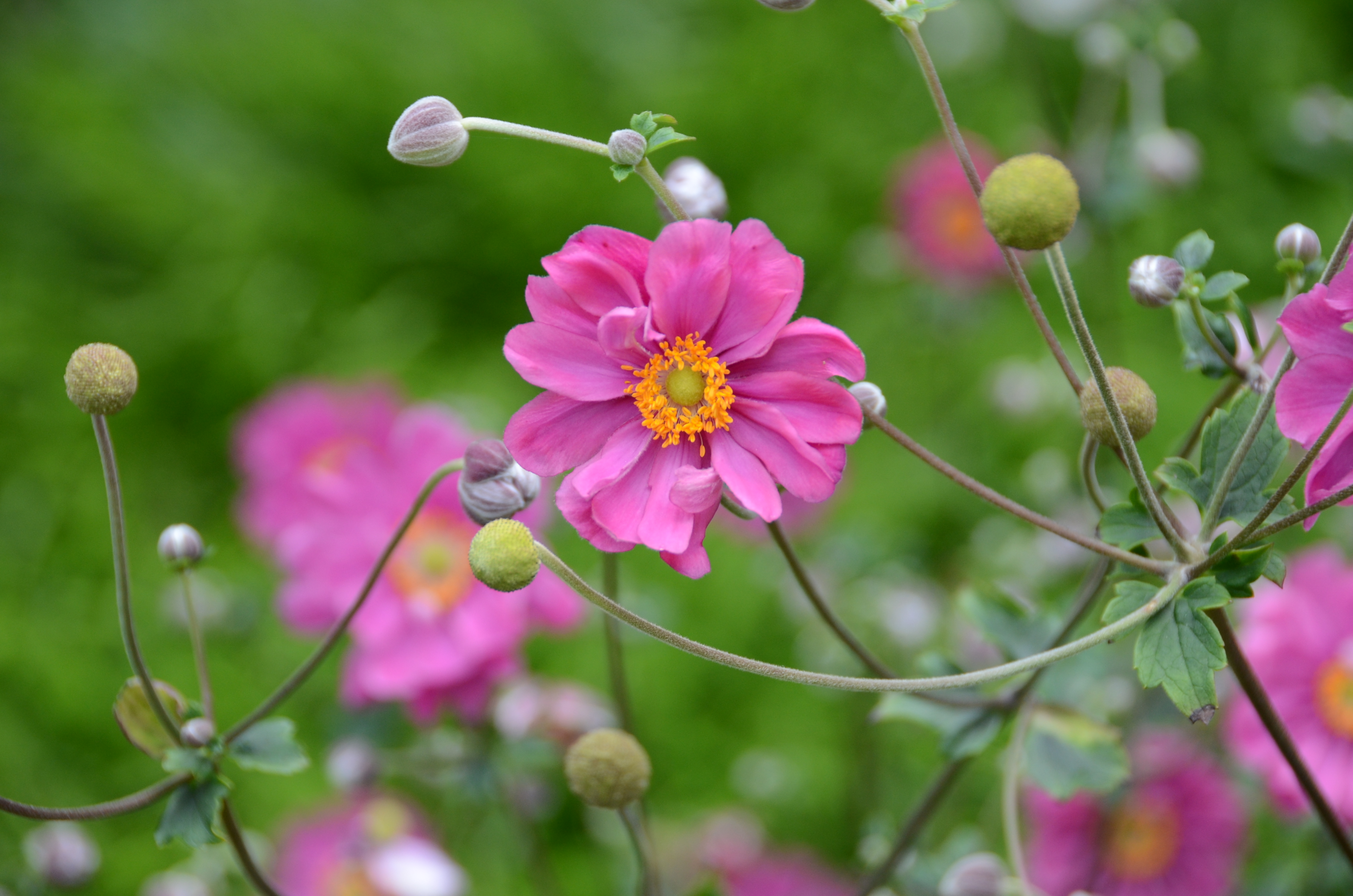
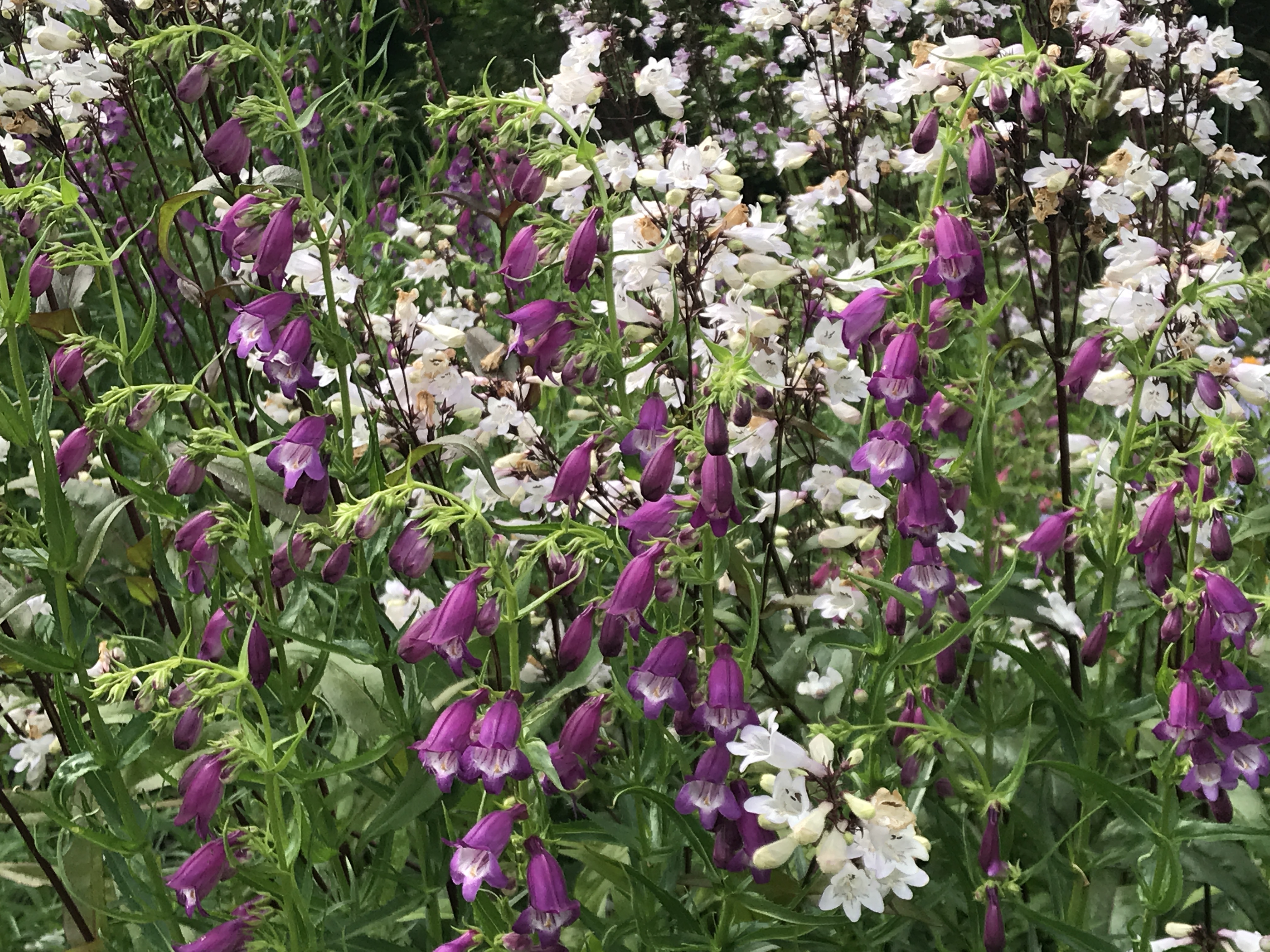

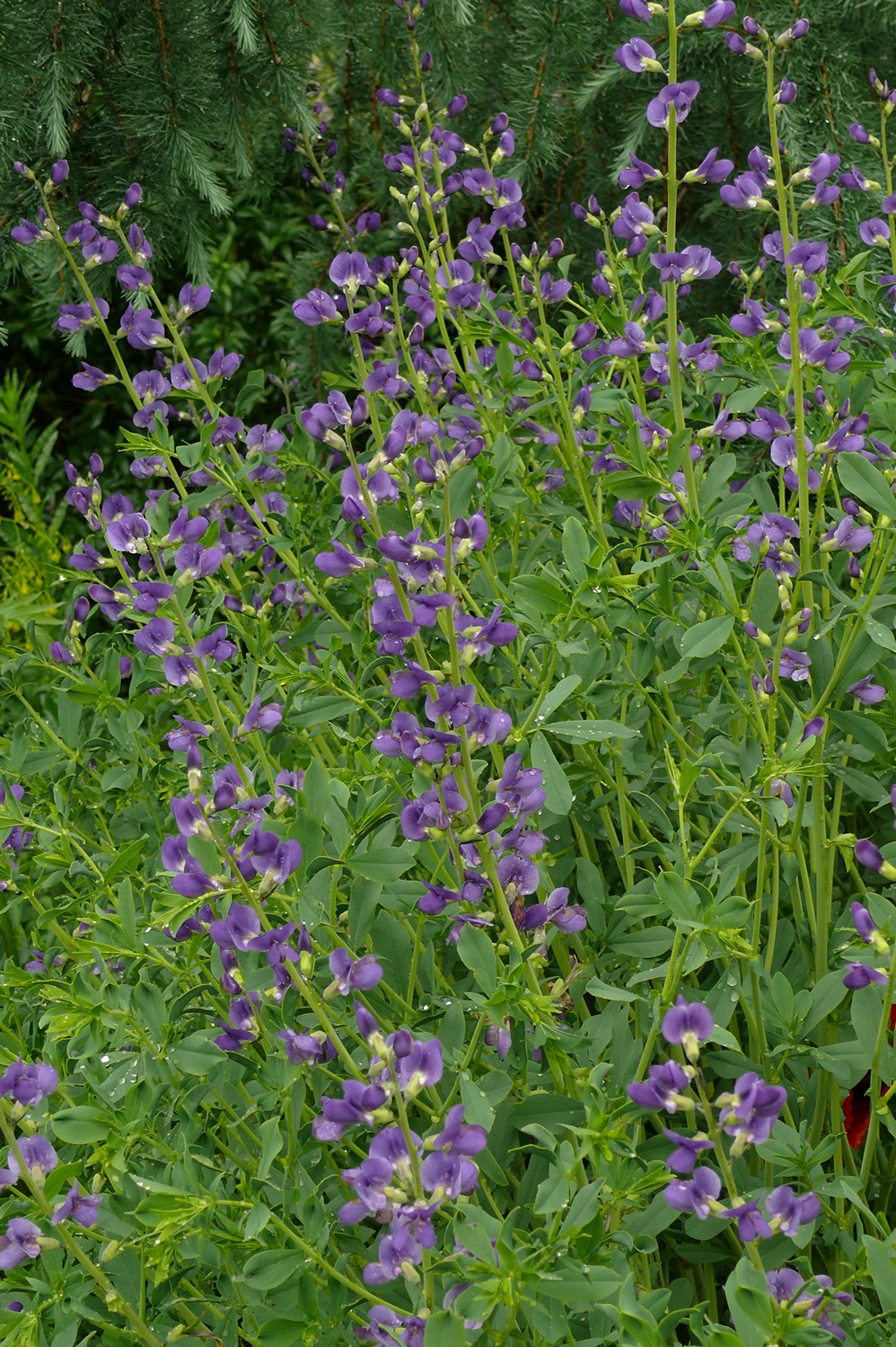
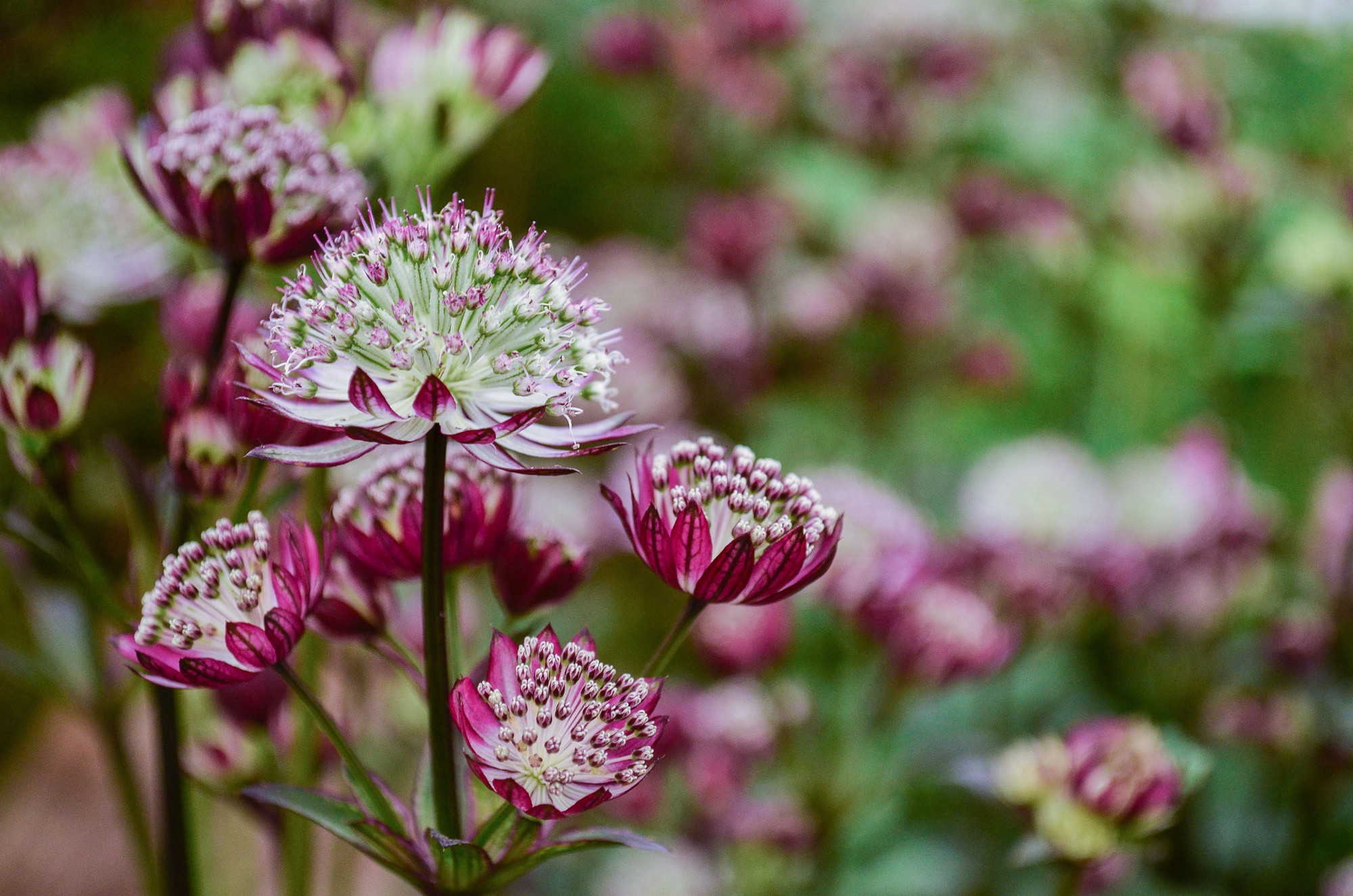
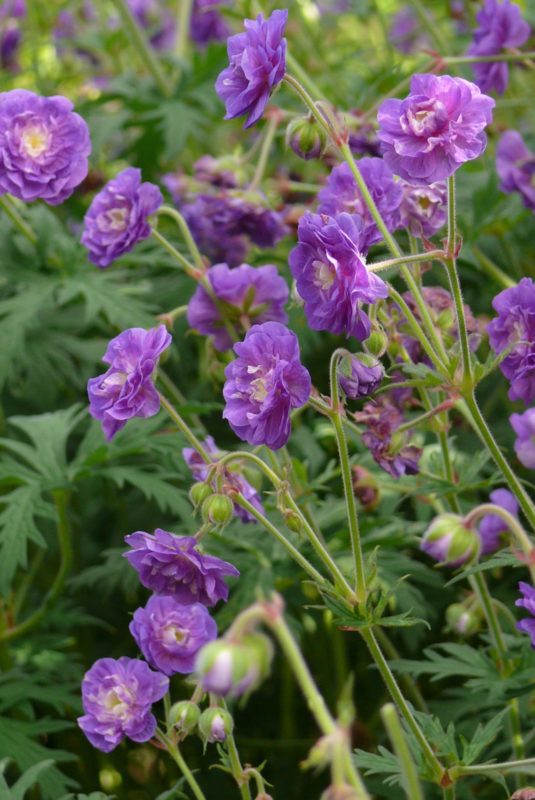
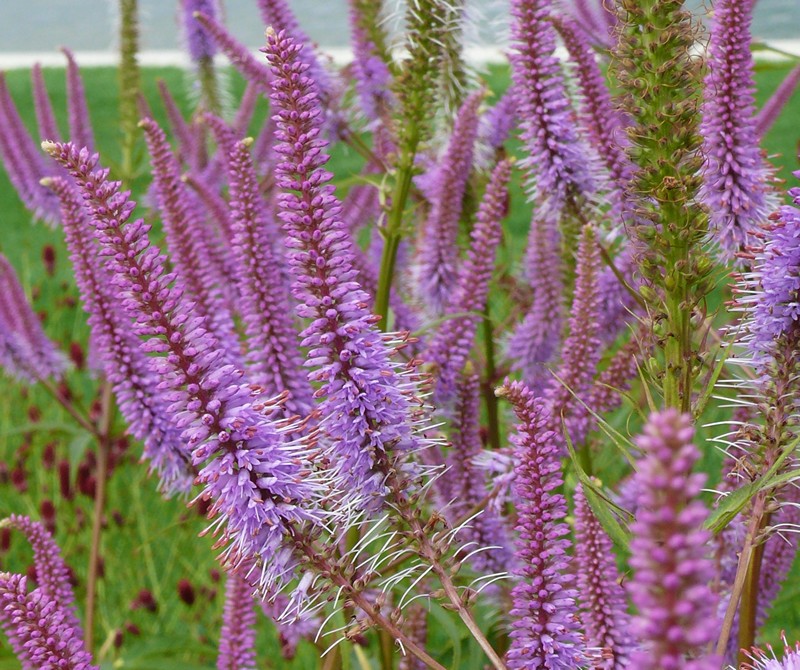


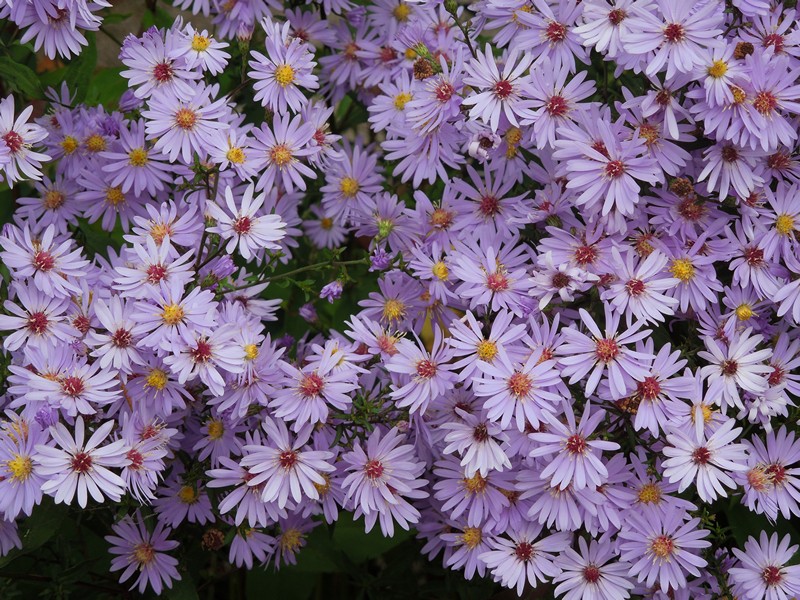
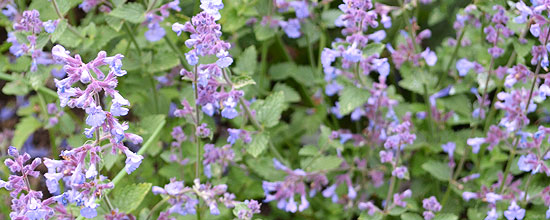
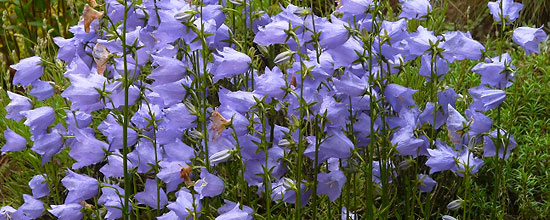


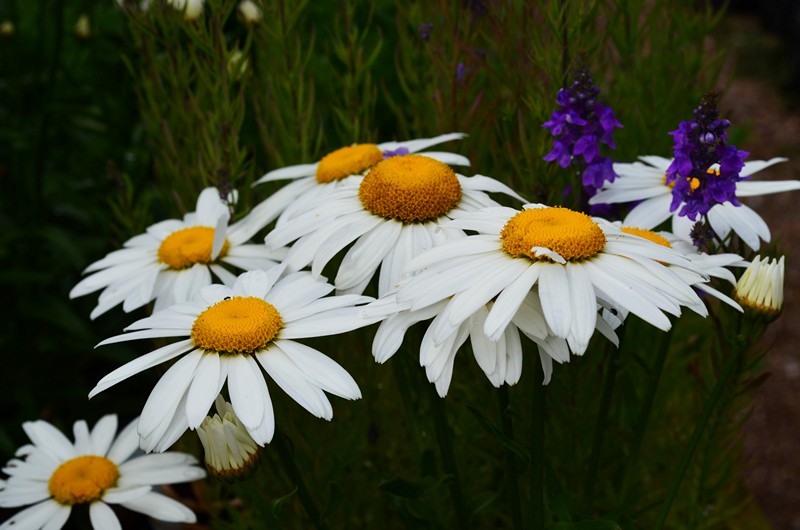
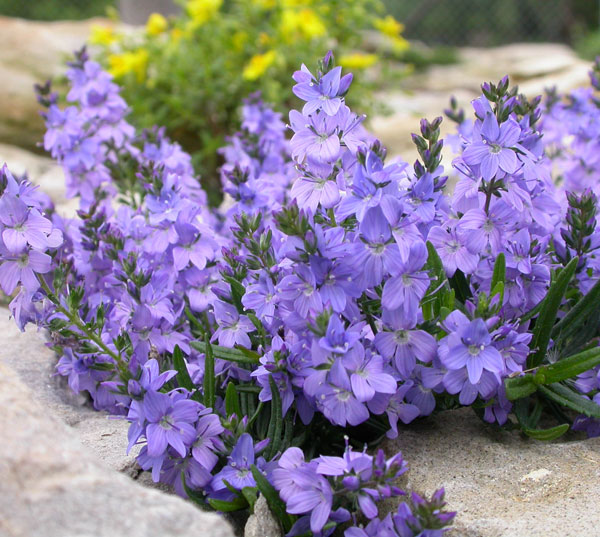

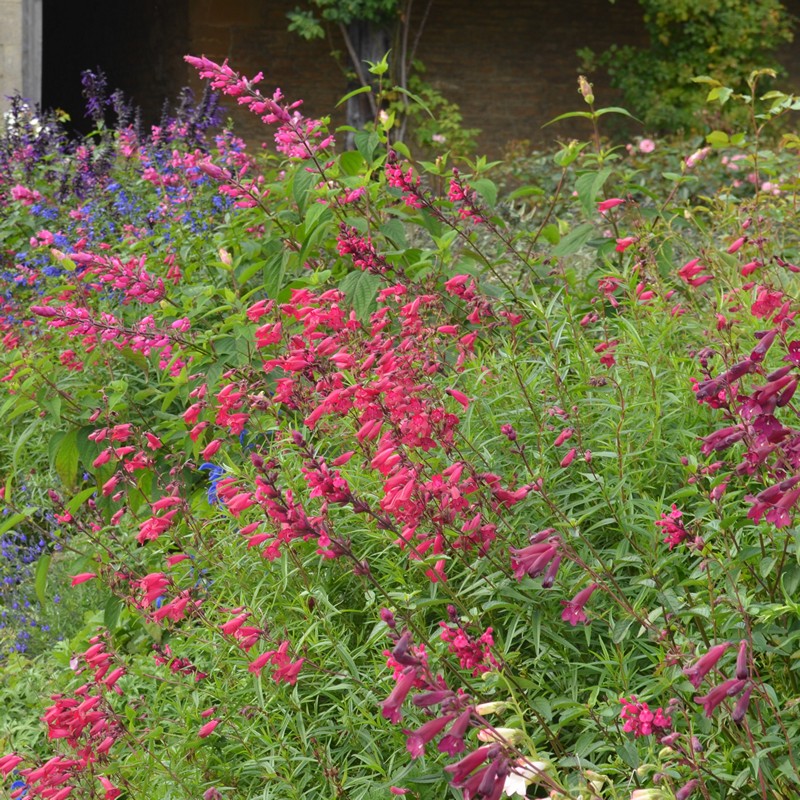
Good day, Dračík and Liliochvostec get along ?
Or ask for advice,what to plant in front of them . I am tall and after flowering I would like to disguise them with something at least a little bit
Thank you for Bohumil's tip